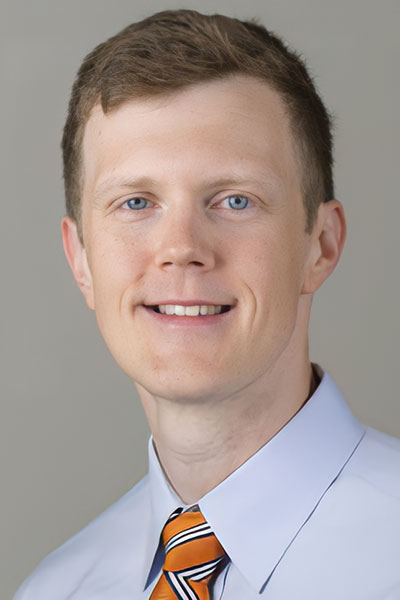
The use of supplemental oxygen is often necessary in an outpatient setting, but clinicians may encounter patients with pulmonary disease who require greater oxygen support than can be delivered using traditional methods.
“We frequently see people with severe lung disease—for example, those with advanced interstitial lung disease or chronic obstructive pulmonary disease—who require more oxygen than we can provide through traditional means,” said Sean J. Callahan, MD, assistant professor in pulmonary and critical care medicine at University of Utah Health. “A nasal cannula can deliver up to 6 L of oxygen. We have gotten very good at providing care for people who are really sick so that they can live longer than they used to, but they need more and more oxygen, and often 6 L is not enough.”
Dr. Callahan will chair the CHEST 2022 innovative session, My patient needs too much oxygen to go home. What do I do now?, Monday, October 17, from 3:15 PM – 4:15 PM, in Room 102AB. Attendees will be able to learn about alternative oxygen delivery modalities available for use in the outpatient setting.
Dr. Callahan will be joined by Jeanette Brown, MD, PhD, FCCP, of the University of Utah School of Medicine; Kimberly Clark, RRT, EdD, of the University of North Carolina at Charlotte; and Jeffrey Shelton of University of Utah Health. These pulmonologists and respiratory therapists will present patient vignettes and provide some commentary on managing these clinical situations, but the real focus of the session will be the availability of different types of oxygen delivery devices, beyond the nasal cannula, and hands-on experience.
“I hope attendees can recall some good therapeutic options that can be targeted to the patient in front of them instead of employing a one-size-fits-all option,” Dr. Callahan said.
Importantly, attendees will also find out more about how to get insurance approval for use of these devices. Because these devices are less commonly employed treatment options, health care providers and their staff may not be as familiar with gaining payer approval, Dr. Callahan said.
Dr. Callahan encourages clinicians or other health care providers who treat patients with very advanced lung disease, such as interstitial lung disease, COPD, or pulmonary hypertension, to attend what he hopes will be a unique and interactive session.
“Hands-on learning, and being able to see and fiddle with these devices, provides a learning opportunity that is a lot different from seeing the devices in a textbook or brochure,” he said.
Join us at CHEST 2024
Connect in person with influential clinicians from around the world—and attend top-tier educational sessions focusing on the most relevant clinical topics. CHEST 2024 will have it all, including optional add-on sessions to customize your learning. Reserve your spot today, and save $100 when you register by September 22.





